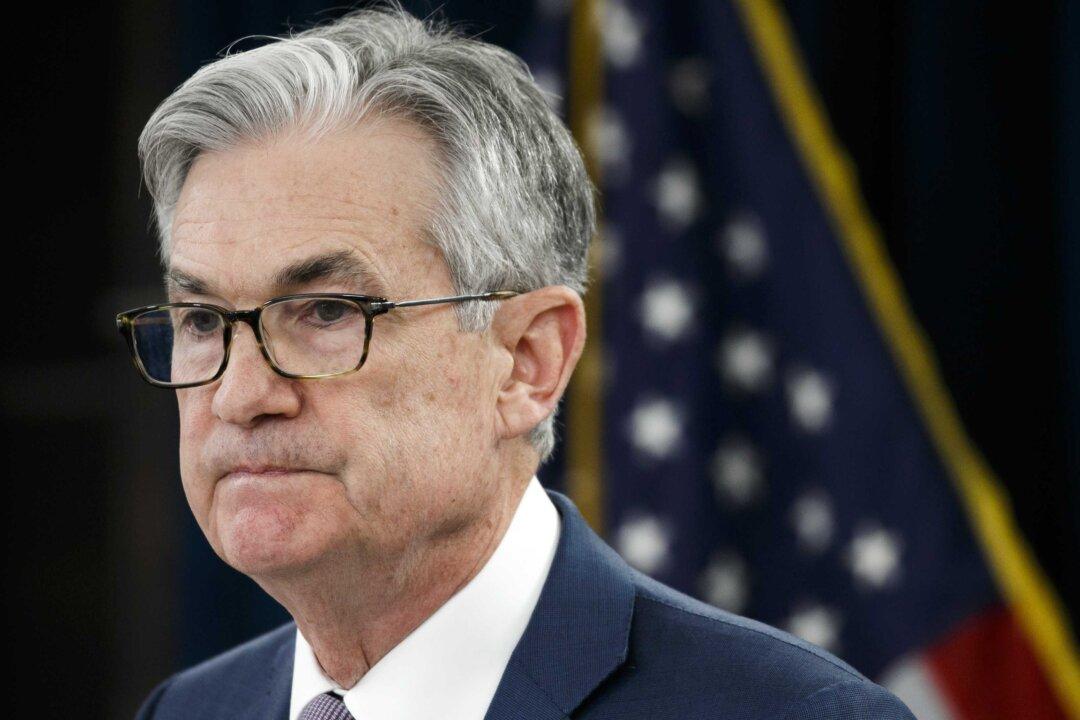Commentary
Many analysts and economists are trying to predict the shape of the economic recovery post-COVID-19. To understand what the recovery may look like, we need to look at past recoveries and at the history of pandemics.

Many analysts and economists are trying to predict the shape of the economic recovery post-COVID-19. To understand what the recovery may look like, we need to look at past recoveries and at the history of pandemics.